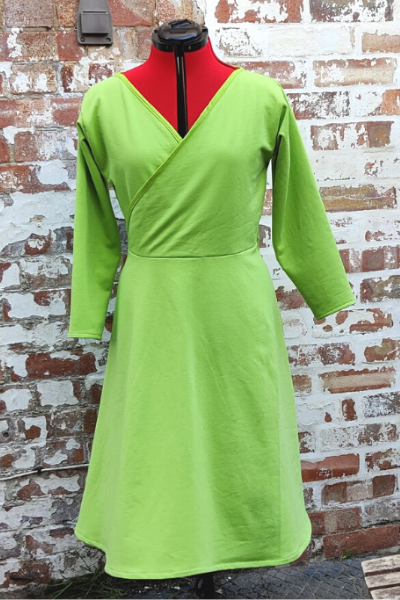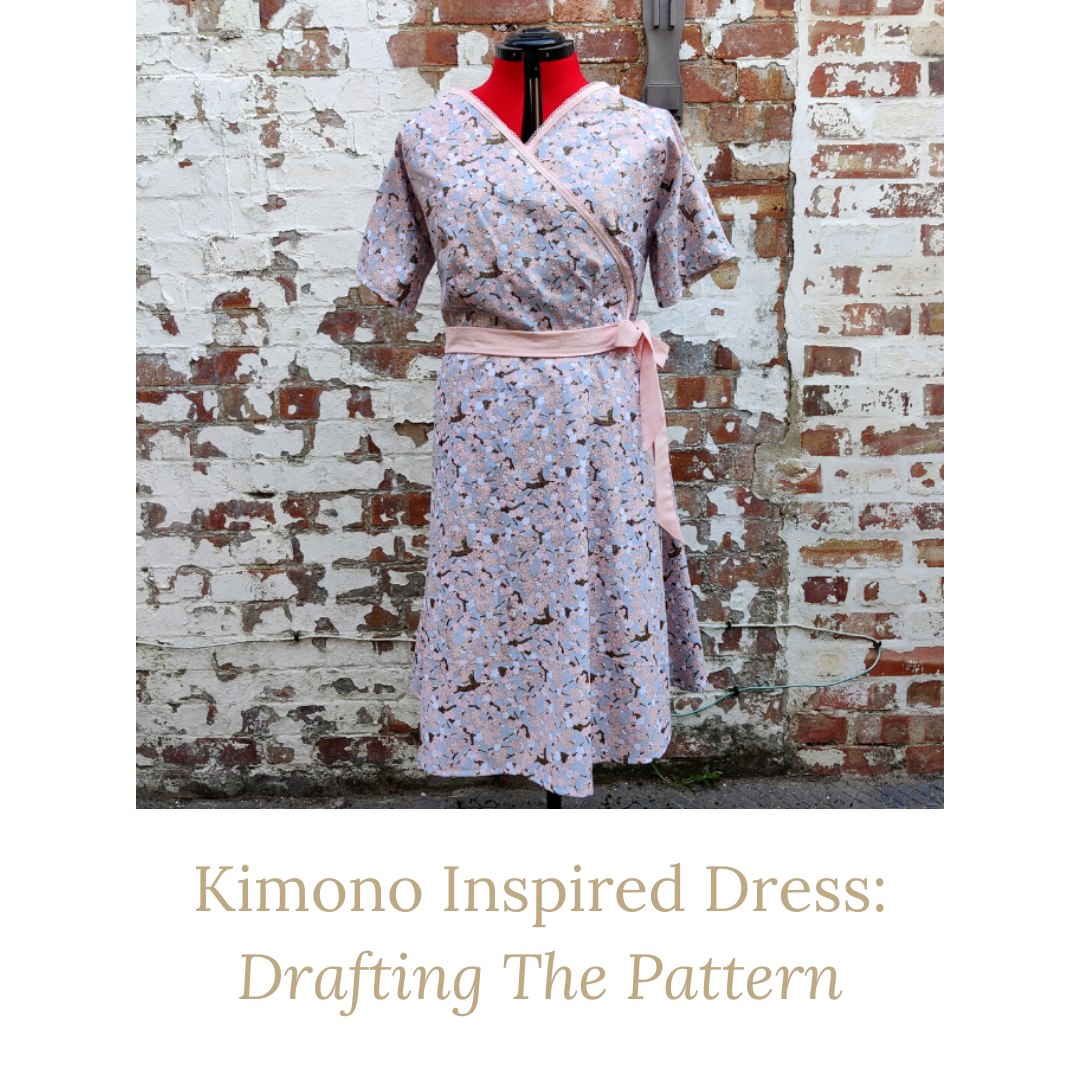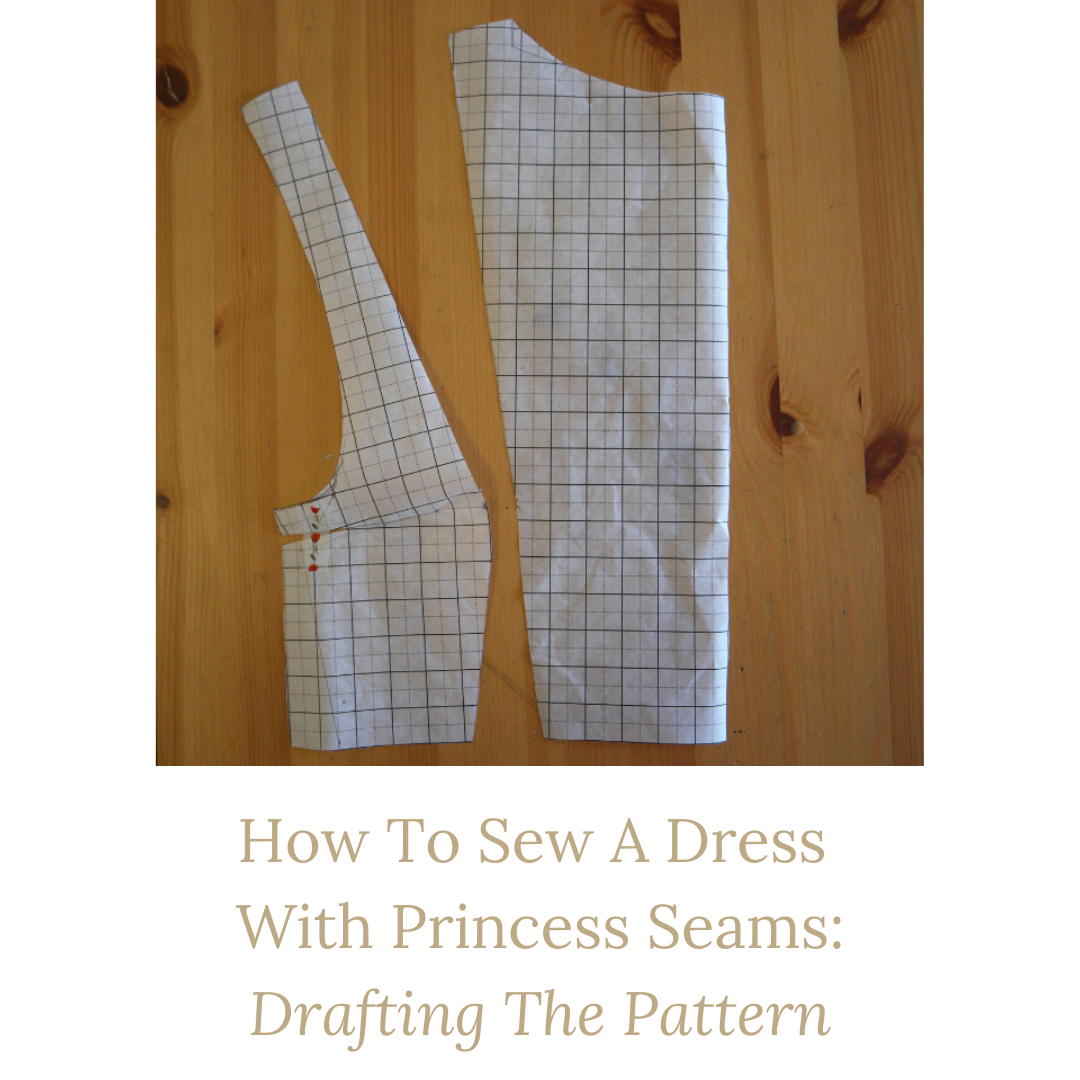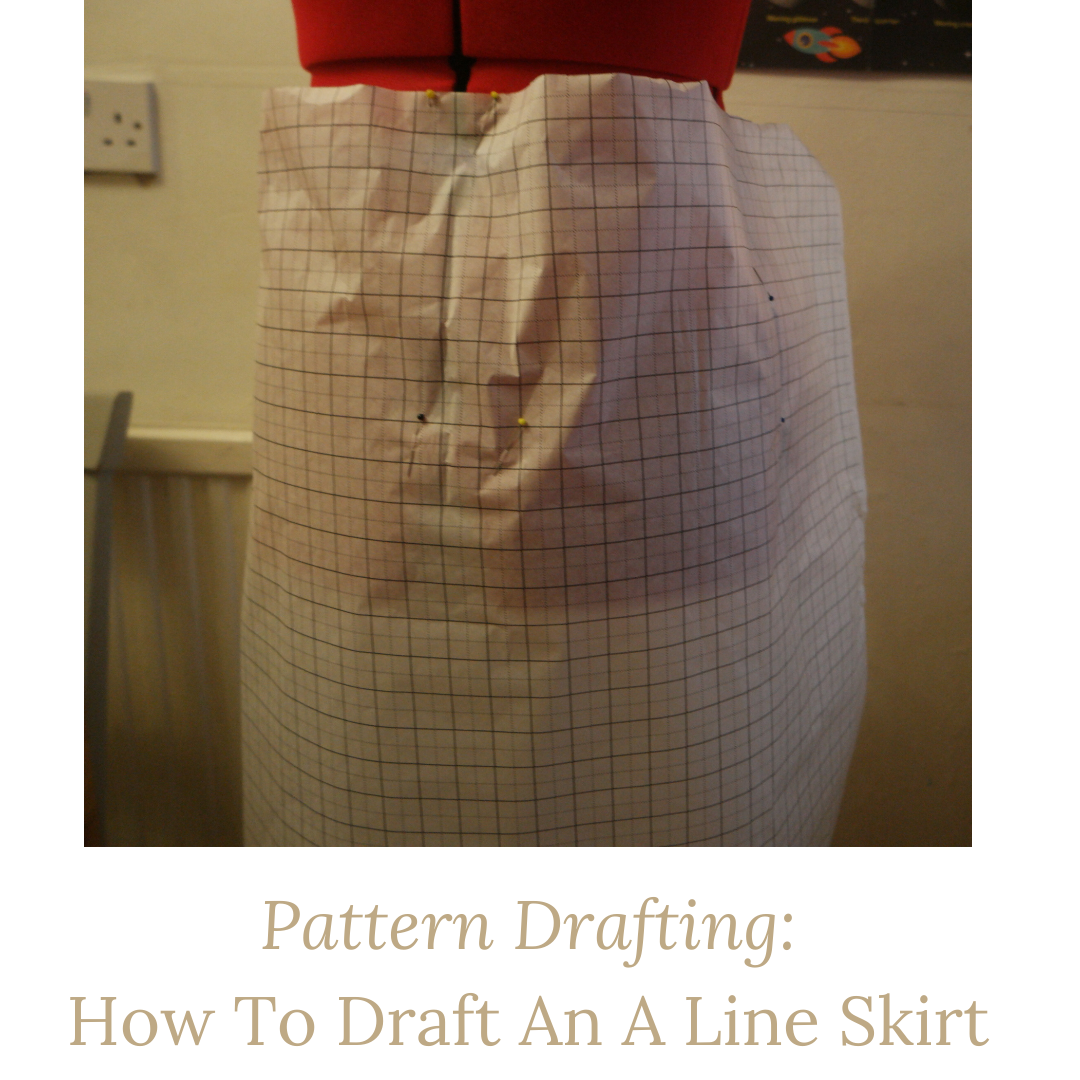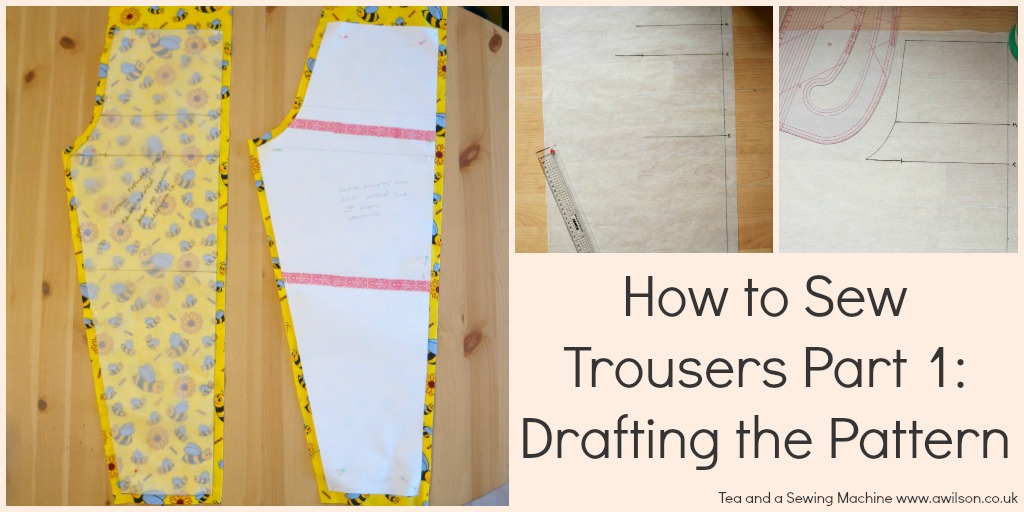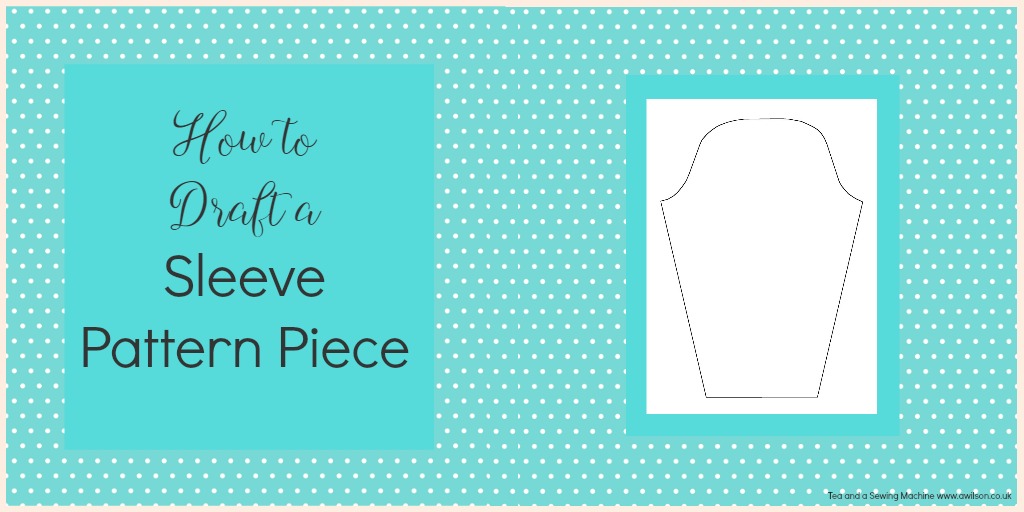A Warm Winter Dress: Drafting the Pattern
One of the negative things about winter is the clothes. In summer, we wear pretty colours, pastels, bright colours and prints. In winter, everything is drab. Sometimes we might be able to find something brighter for Christmas, but party dresses are not known for being warm. Much as…

